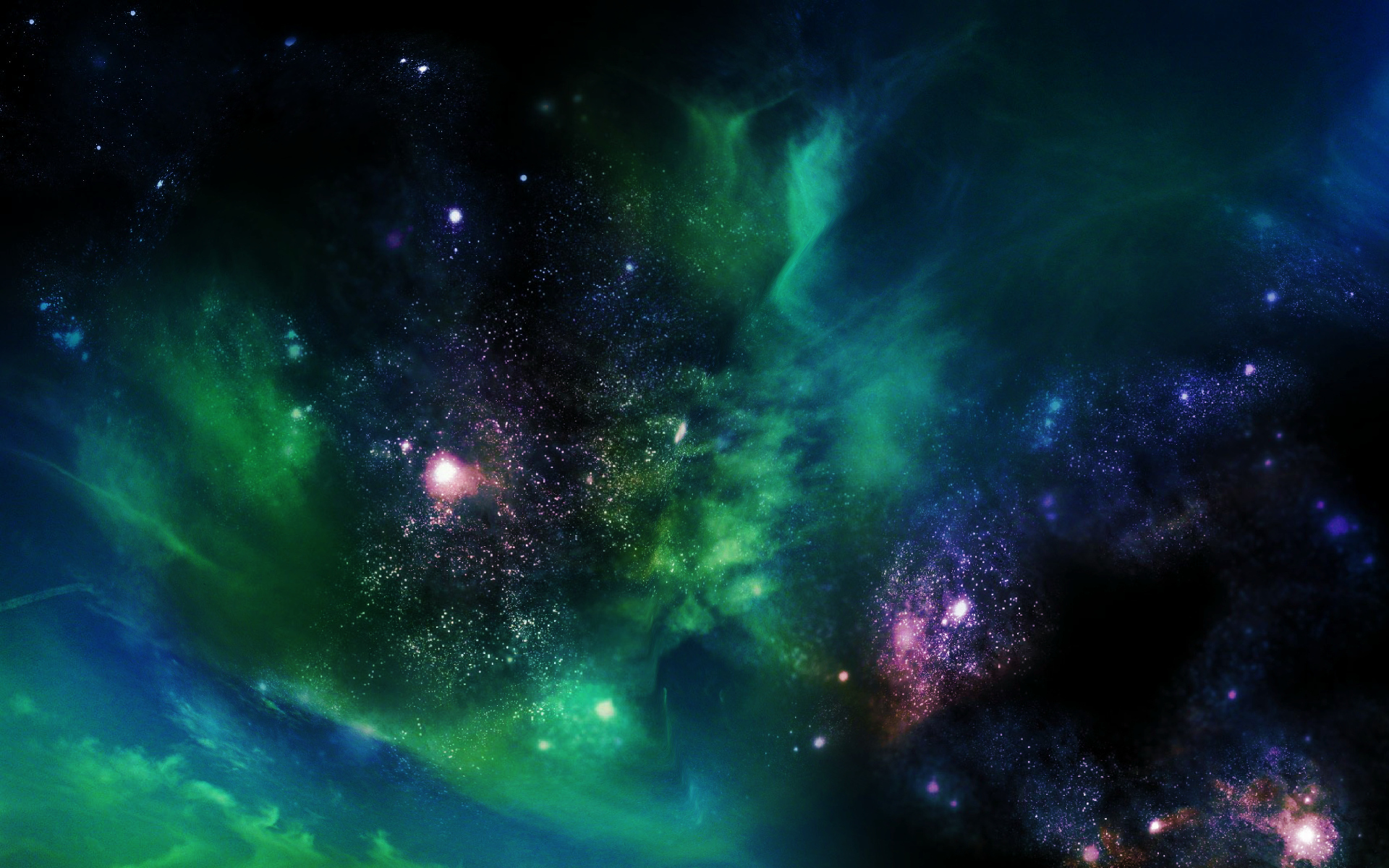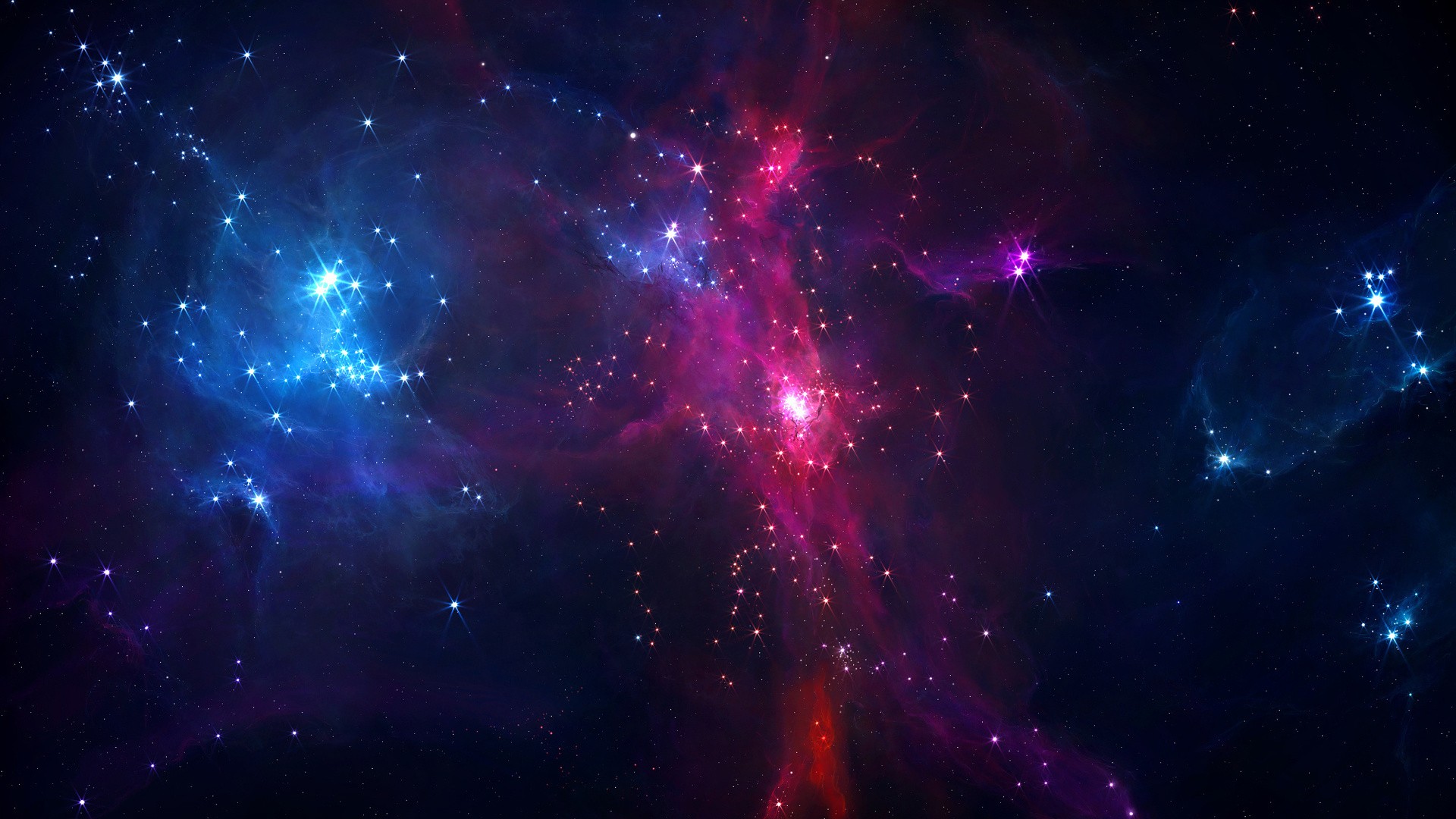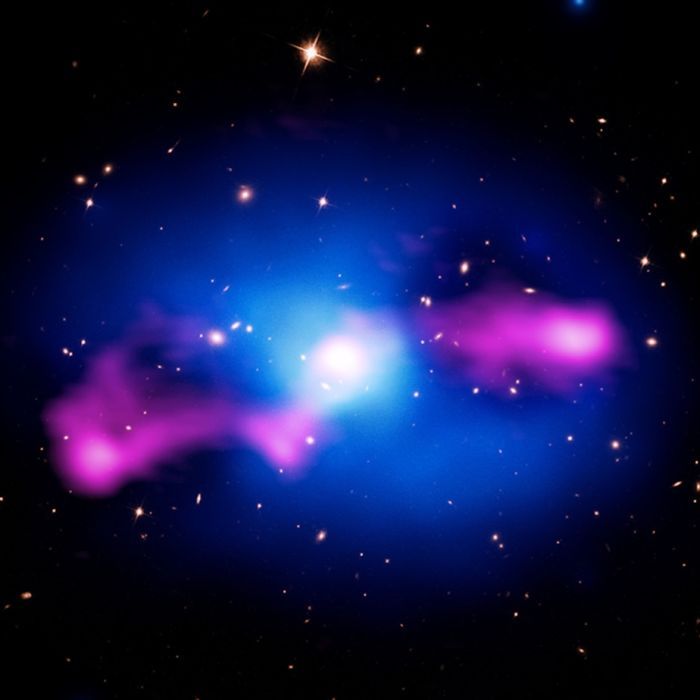
New work from a team led by Carnegie’s Eduardo Bañados has discovered 63 new quasars from when the universe was only a billion years old.

Scientists are solving one of the biggest unsolved mysteries in galaxy evolution. Scientists have uncovered a new class of galaxies, called "red geysers," with supermassive black hole winds so hot and energetic that stars can't form.

It's about 660 million times as massive as our sun, and a cloud of gas circles it at about 1.1 million mph. This supermassive black hole sits at the center of a galaxy dubbed NGC 1332, which is 73 million light years from Earth.

Astronomers find a monster black hole 17 billion times more massive than the sun, raising suspicions supermassive black holes may be more common than first thought.

Alien rays from outer space, which pass through our bodies every second of every day, have been traced to their source – a super-massive black hole that lies at the heart of our home galaxy, the Milky Way, German and Australian scientists have discovered.

NASA has obtained its best ever images of a supermassive black hole and the mysterious ring that feeds the galactic gobbler.

Physicists have firmed up a theoretical limit on the mass of a black hole by figuring out when it will disrupt the disc that feeds it.

PKS 1302-102 is one of the few known quasars with a pair of black holes within its accretion disc. It is also a curious case for astronomers as it will produce a powerful explosion when these two black holes merge. The scientists trying to determine the scale of this merger estimate that it could result in an enormous release of energy.

Astronomers capture an image of the continuing eruption of the most powerful explosion since the big bang.